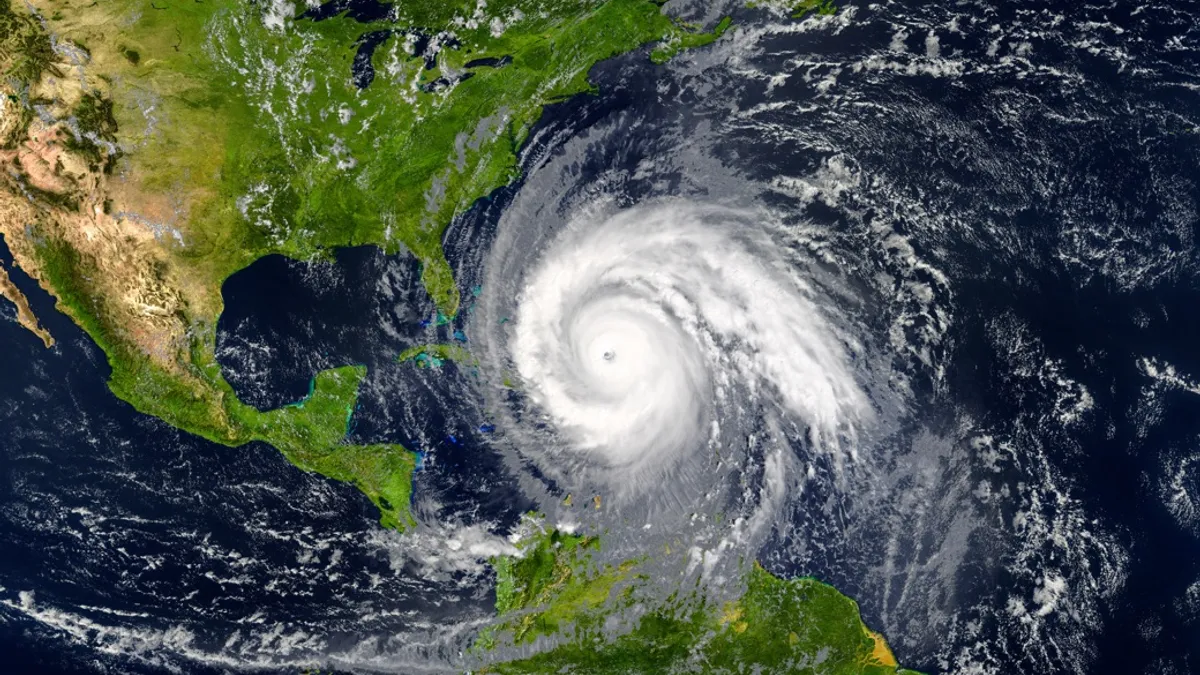In October of 2012, Superstorm Sandy caused intense storm surges, flash flooding, high winds, and extensive power outages that contributed to approximately $70 billion in damages and nearly 150 deaths. It’s not an exaggeration to say that Superstorm Sandy fundamentally changed how energy provider Consolidated Edison thinks about and plans for extreme weather.
The storm prompted a new way of thinking at the company, which operates one of the world’s largest energy delivery systems. “Like most utilities, our approach was reactive. A storm happens. There’s a bunch of damage. What do we do to fix it?” said Leonard Singh, who spent 30 years at Consolidated Edison before recently becoming chairman and president of Ameren Illinois. “It’s not a sustainable model.”
It’s not sustainable and this isn’t an isolated case. Climate and extreme weather are increasingly impacting energy systems around the world. It is clear extreme weather events are becoming the norm rather than the exception. Addressing the many risks a changing climate poses to the future electric power system and the environment demands a proactive approach.
The imperative of a resilient grid
Adding urgency to proactive grid planning and investments is that society increasingly depends on electricity to fuel transportation, heating, and cooling, in addition to an increasing number of industrial uses. “If all the cars are electric, we can’t have a three-day outage,” said EPRI President and CEO Arshad Mansoor. “It’s critical to put together a foundation where we are making proactive investments and not waiting for an event.”
The need to build an informed and consistent approach to grid resilience was a primary driver behind the April launch of EPRI’s Climate READiTM: Power (REsilience and ADaptation initiative), convening global thought leaders and industry stakeholders to develop a common framework to address this challenge. The Climate READi framework produced from this effort will embody one of the most comprehensive, integrated approaches to physical climate risk assessment. The three-year initiative currently has more than 30 energy providers—including Consolidated Edison and American Electric Power (AEP) —in addition to governmental stakeholders such as NOAA, fellow research organizations such as Battelle, as well as climate scientists, consultants, regulators, policymakers, national labs, universities, insurers and the financial community, and ESG disclosure organizations. It’s a big tent and EPRI wants to help bring all parties together to address and tackle this pressing issue as society continues to decarbonize.
While collaborative research, data driven analyses, and a shared approach to grid resilience is important, the common framework and modeling that Climate READi will produce also acknowledges the uniquely local impacts of climate change.
“In West Virginia, because of rain, we can have mudslides and in Texas we have the risk of wildfires,” said Lisa Barton, chief operating officer at AEP, whose service territory covers 11 states. “The Climate READi modeling is going to help us take the global view down to the local level so we can determine what those regional needs are that we have to plan and design around.”
The work to develop a common framework builds on decades of research and is organized into three simultaneous workstreams.
- Physical climate data and guidance: Energy providers have long used historical climate data to design substations, transmission and distribution lines and other infrastructure. However, choosing and effectively applying climate data and modeling to inform investment decisions is new to most energy providers. This workstream will provide energy providers and other stakeholders with guidance about which climate data are relevant to specific needs and will also identify data gaps to be filled.
- System and asset vulnerability assessment: Applying climate data to strengthen the many physical assets that constitute the power system requires new tools and processes. This workstream will develop a probabilistic risk analysis methodology to gauge asset vulnerability and the potential consequences that could arise if they’re not addressed.
- Resilience and adaptation planning and prioritization: The risk climate change poses to the grid is one reality; another reality is that budgets to proactively enhance the grid are limited. This workstream will develop a cost-benefit analysis tool to prioritize the most essential investments.
To AEP’s Lisa Barton, the fact that Climate READi may reassess ways in which energy providers operate is a welcome addition. “This is going to challenge the way we think about the future, challenge the way we think about planning the grid, and challenge the way we’ve been responding to major storm events,” she said. “I really look forward to that next evolution of what it means to be a steward of the grid.”
To learn more about Climate READi, visit: Climate READi (epri.com)










